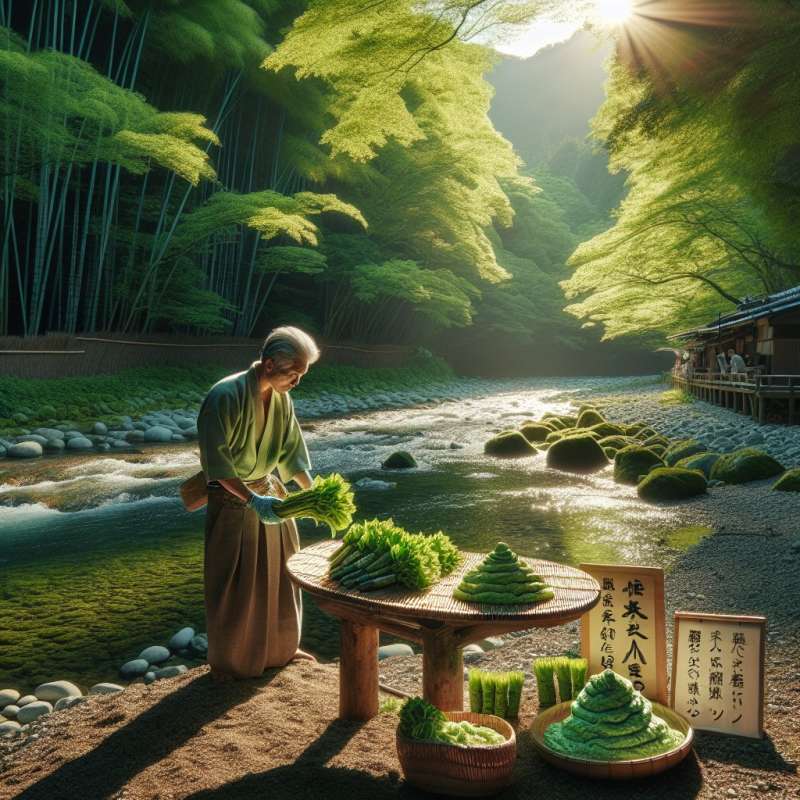
Wasabi: Real vs Imitation
Authentic Japanese wasabi is rare, often replaced by imitation made from horseradish, mustard, and green food coloring. True wasabi comes from the Wasabia japonica plant, grown in riverbeds.
Growing Real Wasabi
Wasabia japonica requires specific conditions: shaded, cool, running water, and rocky riverbeds. It's labor-intensive to cultivate and takes up to 18 months to mature, contributing to its rarity and cost.
Flavor and Texture
Genuine wasabi has a complex flavor profile—fresh, green, and hot without lingering burn. Imitations often have a harsher, more simplistic heat, with a less delicate texture.
Health Benefits
Wasabi contains isothiocyanates, which impart anti-inflammatory, antimicrobial properties, and potential anti-cancer benefits. While imitations lack these compounds, they may still offer some benefits from added horseradish.
Culinary Uses
In Japan, wasabi is traditionally grated fresh and consumed with sushi or sashimi, enhancing flavor without overpowering. Imitation wasabi is more commonly found in Western sushi establishments.
Identifying Authentic Wasabi
Authentic wasabi is pale green and has a grated, fibrous texture. It's milder than the bright green, smooth paste of the imitation variety. Price and origin on labels can also be indicators.
Preservation and Availability
Fresh wasabi loses potency quickly and is best used immediately. It's scarce outside Japan, but can be found in specialty stores or high-end restaurants. Imitation wasabi is widely available and shelf-stable.Wasabi Theft Epidemic
In Japan, wasabi farms sometimes hire security to guard against thieves due to its high market value and rarity.
What is true wasabi derived from?
Horseradish and mustard
Wasabia japonica plant
Green food coloring
Company